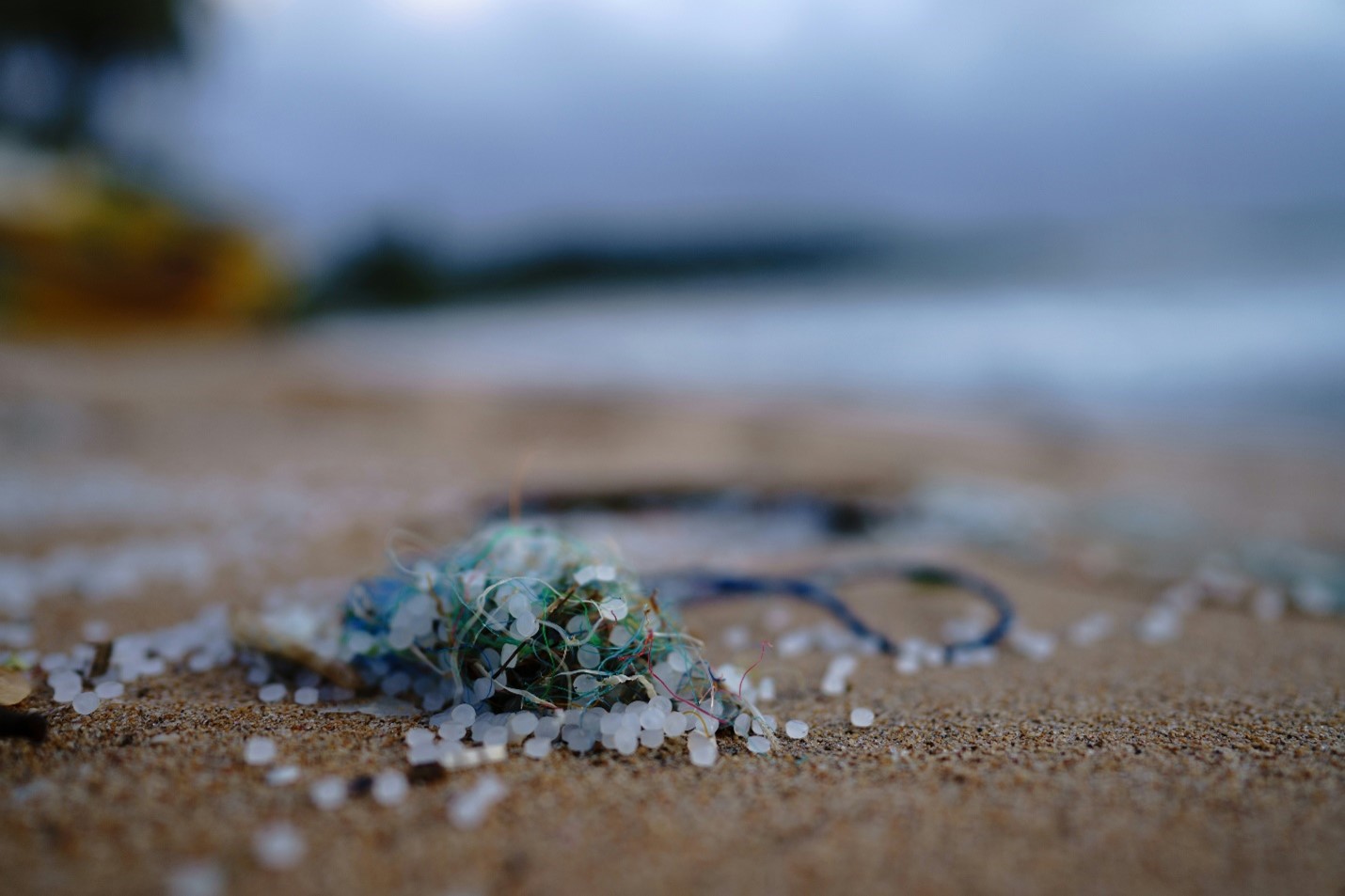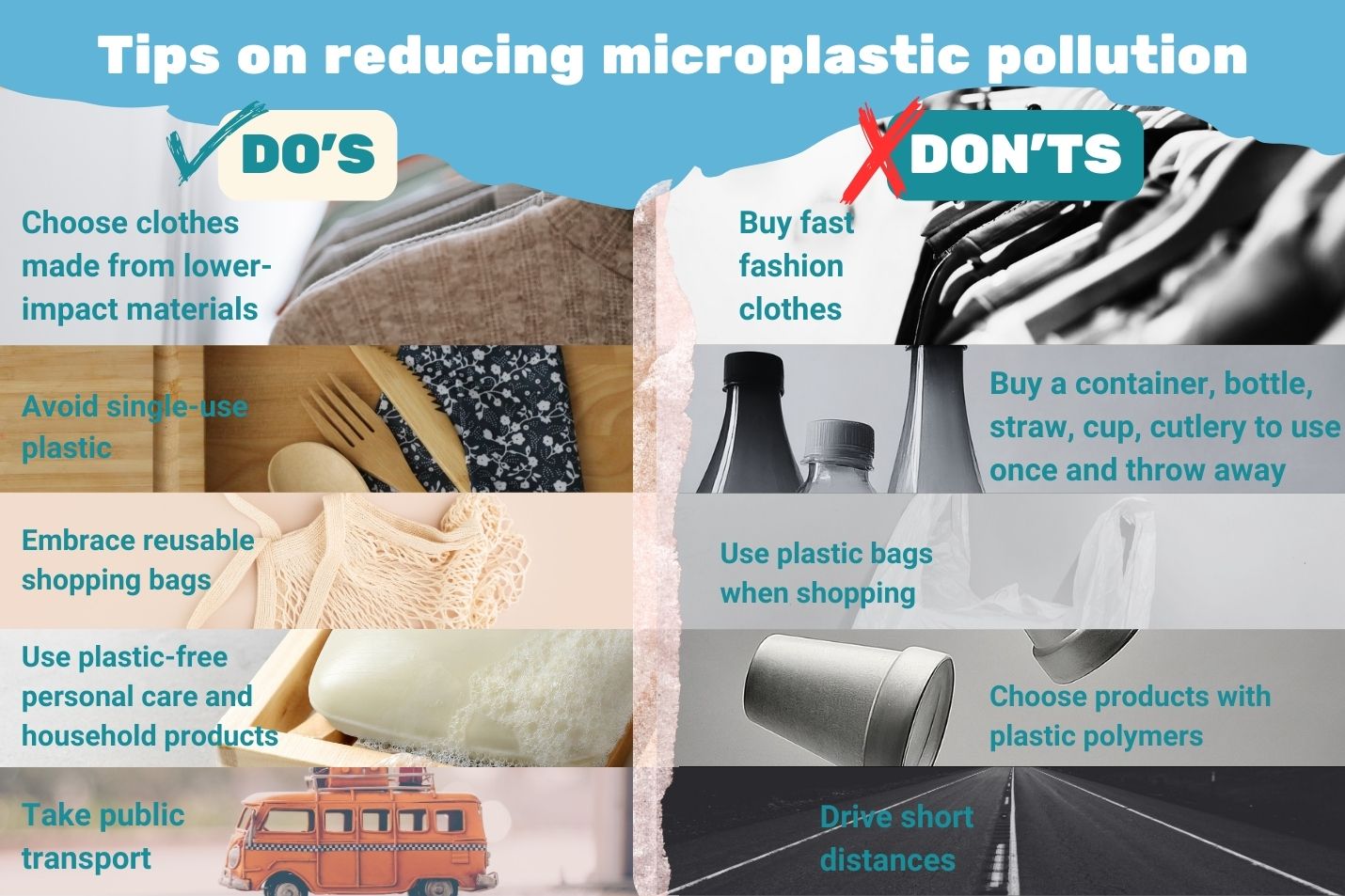
How to play an important role in reducing plastic pollution
Globally, the use of plastics has shot up from around 5 million metric tons in the 1950s to more than 330 million metric tons in 2020. According to the World Bank, plastics comprise about 5–12% of the world’s total waste generation (20–30% by weight).[1] There has been an alarming rise in the use of plastics despite the fact they can take hundreds or thousands of years to decompose and wreak havoc on the environment.
On top of all this, one of the biggest challenges we face from plastic pollution is the rise in microplastics. A report by the Ellen MacArthur Foundation predicts that there will be an equal amount of microplastics in the oceans compared to fish by 2050[2].
We have all heard of microplastics, but what exactly are they and how can we help to reduce plastic pollution?
Microplastics come from a variety of sources, including from larger plastic debris that degrades into smaller and smaller pieces. In addition, microbeads, a type of microplastic, are very tiny pieces of manufactured polyethylene plastic that are added as exfoliants to health and beauty products.

How can you help? We can do our part to reduce microplastic pollution in our daily lives by following the steps outlined in the infographic.

These simple steps can help to cut down on microplastics and keep them from entering the environment. #ItIsInOurHands to live a more sustainable life and bring about positive changes when it comes to plastics and protect the Earth. This can start today by raising awareness around how to reduce plastic pollution by sharing the infographic with friends and family.
[1]https://datatopics.worldbank.org/what-a-waste/trends_in_solid_waste_management.html
[2]https://www.ellenmacarthurfoundation.org/plastics-and-the-circular-economy-deep-dive#:~:text=A%20staggering%208%20million%20tonnes,we%20design%2C%20use%2C%20and%20reuse
